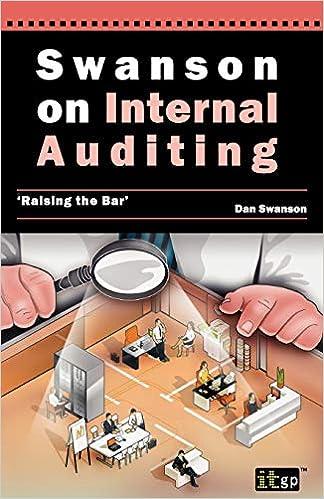










Required information (The following information applies to the questions displayed below.) At the beginning of Year 2, the Redd Company had the following balances in its accounts: Cash Inventory Land Common stock Retained earnings $15,300 7,500 3,600 14,000 12,400 During Year 2, the company experienced the following events: 1. Purchased inventory that cost $12,800 on account from Ross Company under terms 2/10, n/30. The merchandise was delivered FOB shipping point. Freight costs of $960 were paid in cash. 2. Returned $750 of the inventory it had purchased from Ross Company because the inventory was damaged in transit. The seller agreed to pay the return freight cost. 3. Paid the amount due on its account payable to Ross Company within the cash discount period. 4. Sold inventory that had cost $11,000 for $20,000 on account, under terms 2/10, n/45. 5. Received merchandise returned from a customer. The merchandise originally cost $2,000 and was sold to the customer for $2,700 cash. The customer was paid $2,700 cash for the returned merchandise. 6. Delivered goods FOB destination in Event 4. Freight costs of $850 were paid in cash. 7. Collected the amount due on the account receivable within the discount period. 8. Sold the land for $6,700. 9. Recognized accrued interest income of $500. 10. Took a physical count indicating that $4,700 of inventory was on hand at the end of the accounting period. (Hint: Determine the current balance in the inventory account before calculating the amount of the inventory write down.) b. Record the events in general journal format. Assume that the perpetual inventory method and gross method is used. (If no entry is required for a transaction/event, select "No journal entry required" in the first account field.) Answer is complete but not entirely correct. No Event General Journal Debit Credit 1 1a 12,800 Merchandise inventory Accounts payable 12,800 2 1b 960 Merchandise inventory Cash 960 3 02 750 Accounts payable Merchandise inventory 750 4 241 Accounts payable Merchandise inventory 241 5 3b 11,809 Accounts payable Cash 11,809 6 4a 20,000 Accounts receivable Sales revenue 20,000 7 4b 11,000 Cost of goods sold Merchandise inventory 11,000 8 5a Sales revenue 2,700 Cash 2,700 9 5b Merchandise inventory 2.000 8 5 Sales revenue 2,700 Cash 2,700 9 5b Merchandise inventory 2,000 Cost of goods sold 2,000 10 06 Transportation-out 850 > Cash 850 11 7a Sales revenue 400 Accounts receivable 400 12 7b Cash 19,600 Accounts receivable 19,600 13 08 Cash 6,700 Land 3,600 3,100 Gain on sale of land 14 09 Interest receivable 500 Interest revenue 500 15 10 11,269 Cost of goods sold Merchandise inventory 11,269 c. Post the beginning balances and the events to the T-accounts. Note that these ledger accounts will also be used when posting the closing entry that is created in Part e. Cash Merchandise Inventory Beg. Bal Beg. Bal End. Bal End. Bal Bal Accounts Receivable Interest Receivable Beg. Bal Beg. Bal End. Bal End. Bal Land Accounts Payable Beg. Bal Beg. Bal Common Stock Retained Earnings Beg. Bal Beg. Bal End. Bal End. Bal Sales Revenue Cost of Goods Sold Beg. Bal Beg. Bal Bal Bal Transportation-out Interest Revenue Beg. Bal Beg. Bal Bal Bal Gain on Sale of Land Beg. Bal Gain on Sale of Land Beg. Bal Bal d. Prepare a multistep income statement, a statement of changes in stockholders' equity, a balance sheet, and a statement of cash flows for year 2. (Statement of Cash Flows only, items to be deducted must be indicated with a minus amount.) REDD COMPANY Income Statement For the Year Ended December 31, Year 2 0 Operating expenses 0 Nonoperating items $ 0 REDD COMPANY Statement of Changes in Stockholders' Equity For the Year Ended December 31, Year 2 $ 0 0 Total stockholders' equity $ 0 REDD COMPANY Balance Sheet As of December 31, Year 2 Assets $ 0 Total assets Liabilities Stockholders' Equity 0 Total stockholders' equity Total liabilities and stockholders' equity $ 0 Journal entry worksheet

















